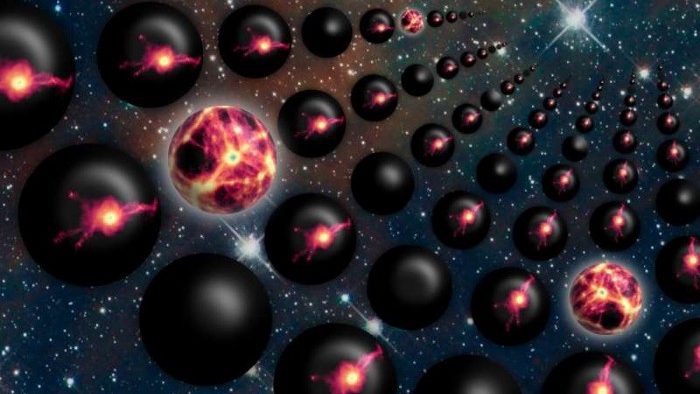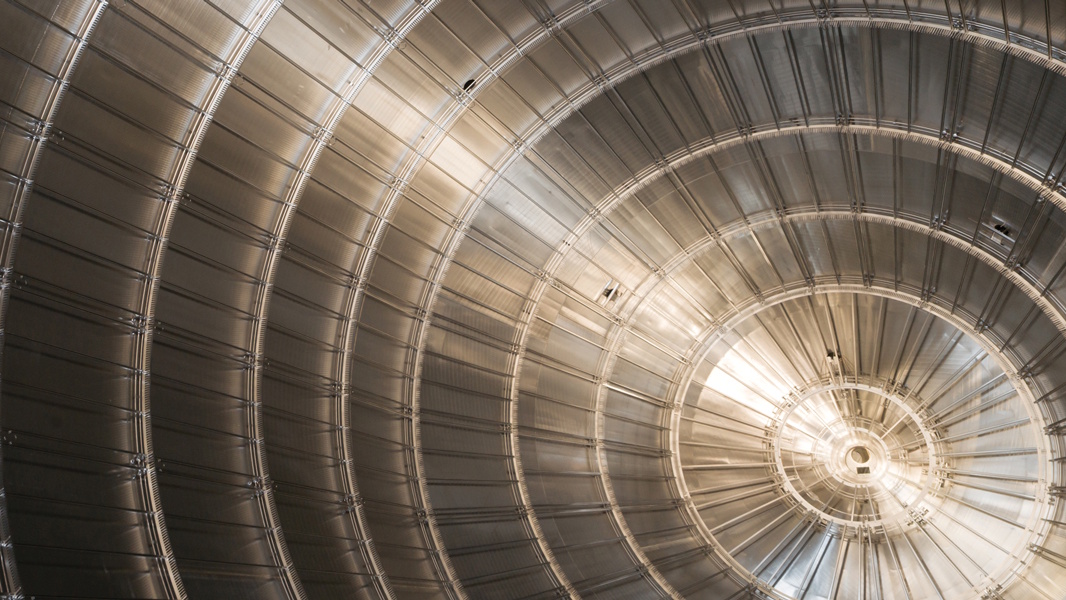The E-cat: cold fusion or scientific fraud?
What the “independent tests” really teach us, if we’re willing to look carefully.
Image credit: cold fusion hoax by Juan-Louis Naudin, 2003.
“There’s a mark born every minute, and one to trim ‘em and one to knock ‘em.” –David W. Maurer, The Big Con (1940)
The scientific enterprise has come a long way, taking us from a mysterious Universe where only broad, general correlations of phenomena were used to guide our behavior to one where we understand the laws that govern matter and energy from the largest, cosmic scales down to the smallest, subatomic ones. Although our scientific body of knowledge is by no means complete, we have a better understanding than ever before of the nature of the smallest particles in the Universe, as well as how they interact, join together, separate apart, and what the necessary conditions for those processes to occur are.
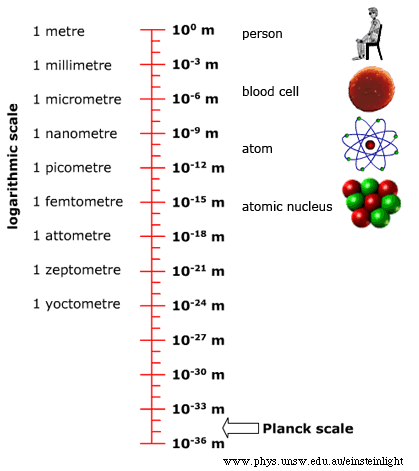
Of course, nature sometimes surprises us, and it sometimes does so in the most unusual and unexpected of ways. On rare occasions, these surprises lead to revolutionary applications or technological advances, and wind up changing our world. Quantum mechanics, relativity and nuclear reactions are three classic examples from the 20th century, and new applications, predictions and phenomena are consistently being uncovered as time goes on.
At the same time, there are a number of hucksters, shysters, charlatans and other unscrupulous people preying on people’s misunderstandings, hopes, and fears, among other thing. One of the reasons behavior like this is so prevalent is that even the most scientifically literate among us — even those of us who are scientists ourselves — often don’t recognize what differentiates solid, valid science (and scientific conclusions) from studies that are biased, incomplete or wholly invalid.
And then, we run into devices like this.
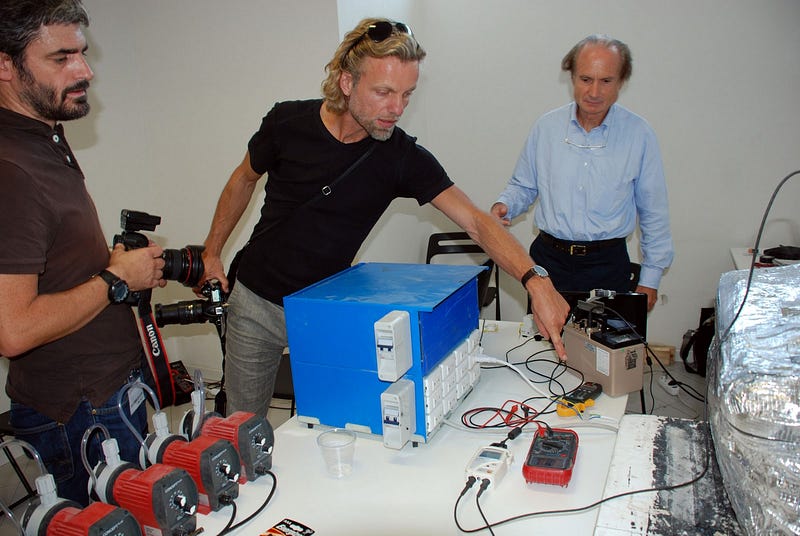
Say hello to the e-Cat, or energy catalyzer. It’s a device that purports to generate significantly more power than any conventional, chemical-based fuel could conceivably produce, claiming that there must be a new type of nuclear reaction powering the device. Developed by Andrea Rossi, an “inventor” and entrepreneur with a colorful past, it’s one of a great many carefully guarded pieces of equipment that have grandiose claims associated with them. Leaving the physics of why this shouldn’t work aside (and I promise, we’ll cover this tomorrow), let’s just assume that this is either:
- A real, working and revolutionary device that’s powered by new, perhaps unexpected physics.
- Or, an elaborate hoax or fraud designed to con people into giving time, energy, money and fame to a bogus cause.
If you were going to test this device to discriminate between the two options, what would you demand from the test?
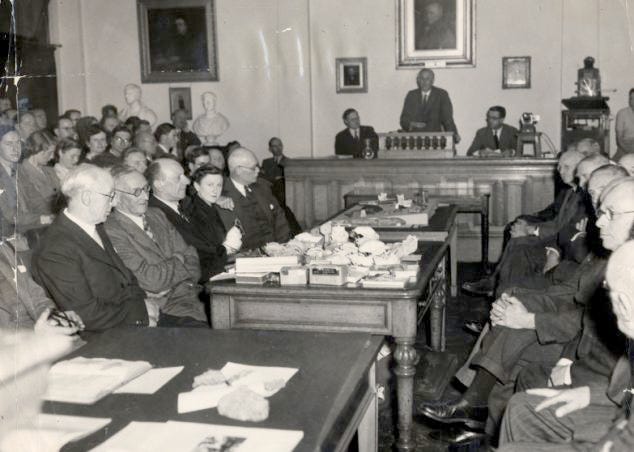
Ideally, you’d want to have a reputable team be able to completely analyze the device, take it apart, experiment with it and figure out how to engineer it. Despite the existence of legally-binding contracts and non-disclosure agreements (NDAs), Rossi has unequivocally denied these. So the only option we’re presented with is a controlled demonstration. Under these circumstances, here’s the full set of what I’d need to be convinced that we had a working device that was generating energy through a low-energy nuclear fusion process:
- A device that demonstrably was generating its own, self-sustaining energy reaction, unpowered by an outside source of any type.
- A quality, closed-calorimeter measurement of the energy output of the device.
- Successful detection of gamma-rays coming from the device, a telltale signal that’s a by-product of all known nuclear reactions.
- An examination of the before-and-after of all products and reactants, to verify that a nuclear transmutation had, in fact, taken place.
- And finally, I’d demand that the test take place independently, meaning that the team that performed it was a team of reputable scientists with a track record of scientific integrity, without outside interference from Rossi or his associates.
Even though I’m well aware of what the current laws of physics do and do not predict as far as what reactions ought to take place under certain conditions, nature can surprise us. And if nature does surprise us, it will most likely be an experiment that shows us the surprise.
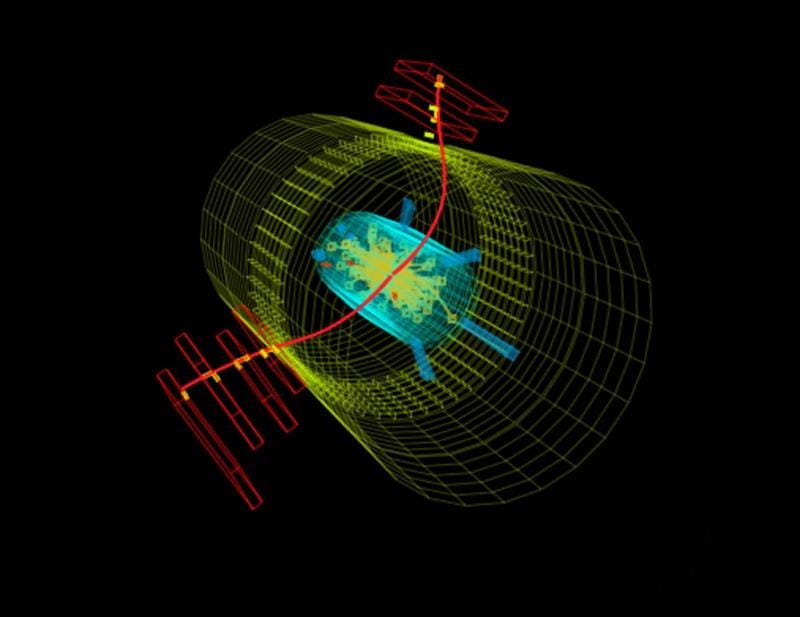
With all of that said, there was a new test that was just performed that’s being touted as an independent test of this e-Cat device. (Read the full non-peer-reviewed paper here.) Without burying the lede too deeply, the claim of the test is that this device works, produced a total of 1.5 MWh (MegaWatt-hours) of energy over a timespan of 32 days, that the outputted energy was consistently between a factor of 3.2-to-3.6 higher than the inputted energy, and that no known chemical source could possibly be the cause of this reaction. In other words, they’re claiming that this must be a nuclear reaction.
But is this a scrupulous, rigorous test? Or are the researchers fooling themselves, and (possibly) falling victim to an elaborate hoax? Let’s see how this independent test performed on each of these five criteria.
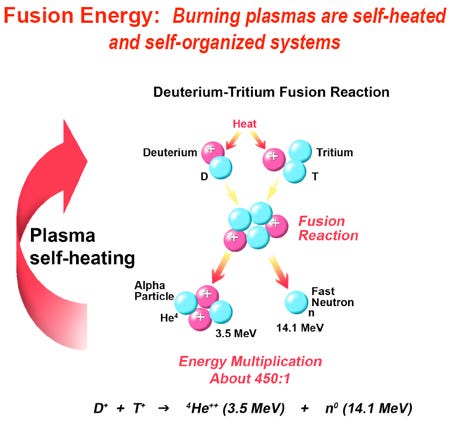
1.) Self-sustaining energy output, without a hookup to an external energy source. This is a pretty important component of an experiment, for the following reason: it’s relatively easy to fake the amount of energy being drawn through a power cord if there is a hookup to an external source. Three years ago, nuclear physicist Peter Thieberger diagrammed out a very simple circuit that could fool any device designed to measure the current through a wire, that I present to you below.
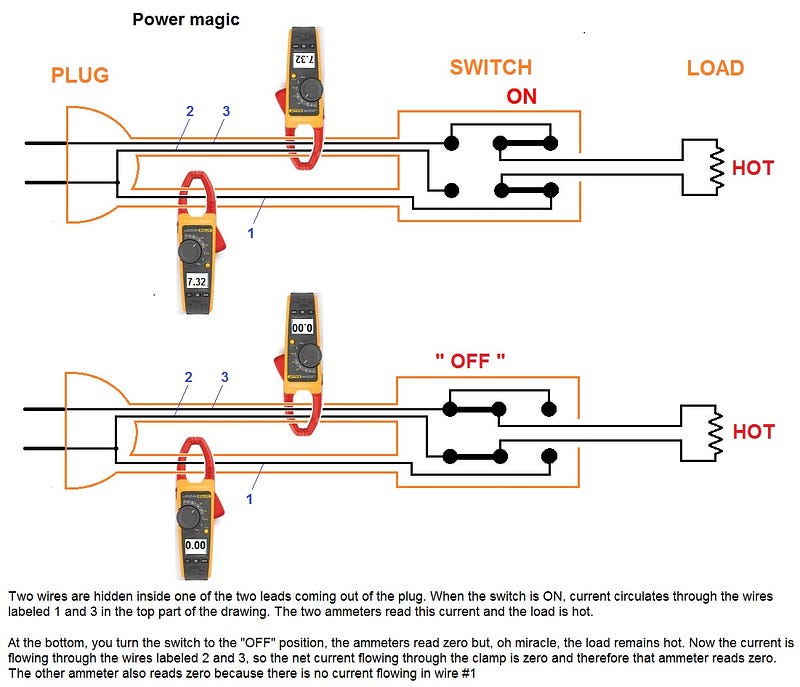
But this “trick” is easy to rule out if you demand that the device be unplugged from any external energy source, and that it power itself from the energy/electricity it generates from its own internal reactions. It’s not a lot to ask, but it didn’t happen. The setup not only remained plugged in the entire time, but drew continuous power from an external source during the entire 32-day test.
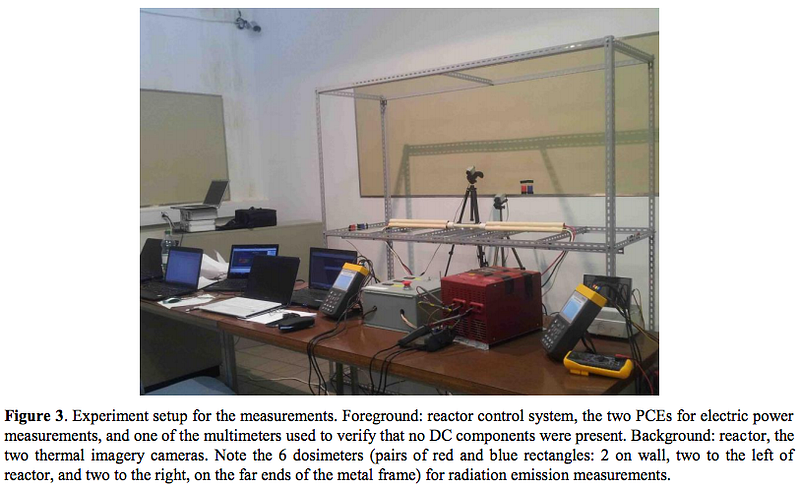
So this is one significant strike against the experimental setup, and a very damning one: if you can’t verify that it’s generating its own energy, you don’t have a robust test. Let’s take a look at the other criteria.
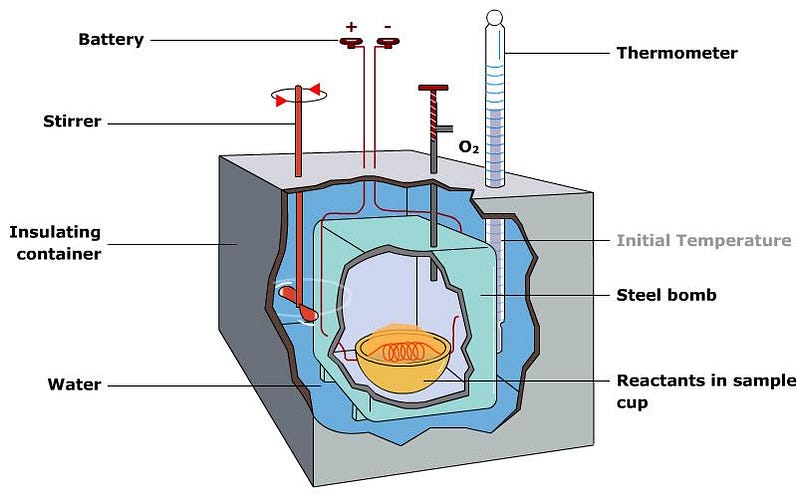
2.) A quality, closed-calorimeter measurement of the heat output. If all you’re going to measure the energy output of a device, you’ll want to build a closed calorimeter around the experimental setup. This will ensure that you’re measuring the energy output fully and directly, rather than relying on extrapolations that could me masking certain shenanigans. For an example of what a shenanigan might look like, imagine a cylindrical device that gets very hot, but only along about a quarter of the device: the quarter that faces out towards the detectors.
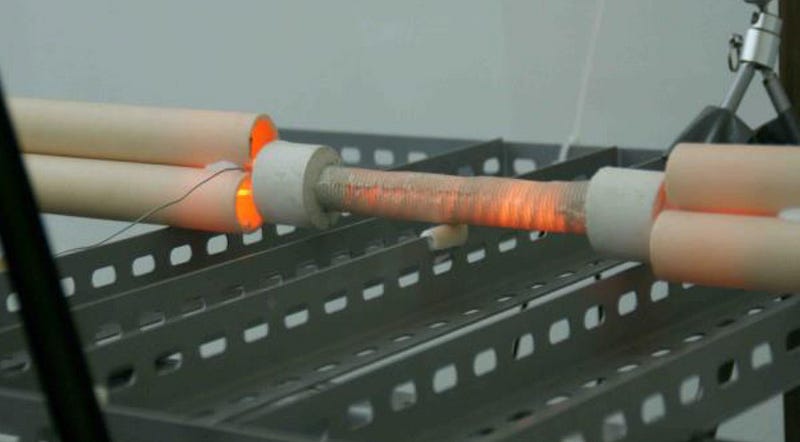
If all you’re doing is measuring the heat emitted in a particular direction — from what you might call an “open calorimeter” setup — you’re really setting yourself up to miss any possible deception. This experimental setup used the open calorimeter setup instead of a closed one, a very unconvicing way to make such a measurement. These are mistakes that could easily be corrected in future “tests” of the e-Cat, so I’m looking forward to those.
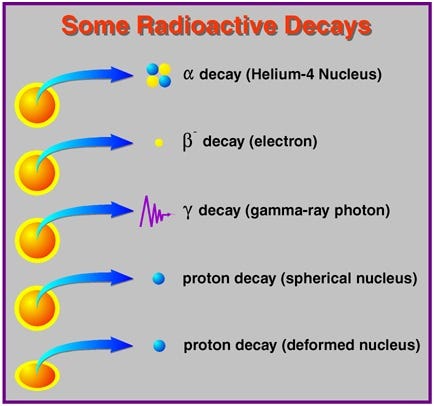
3.) Detection of gamma-rays coming from the device. The claim, here, is that nickel is fusing with another element — they say they also have hydrogen and lithium in their device — to create heavier elements/isotopes and produce energy in the process. Nuclear fusion of nickel is known to happen, and the (hot) fusion of nickel with hydrogen proceeds in the following manners, depending on the isotope of nickel undergoing the reaction:
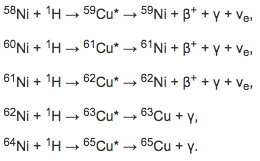
I only gave five isotopes of nickel, because those are the only five naturally-occurring ones. Yet from page six of their paper, here’s what they say (bold emphasis mine):
David Bianchini, MSc and expert in radiation detection, was in charge of assessing possible ionizing radiation and neutrons emitted by the reactor charge, before, during and after operation. For this purpose, he provided the following instruments: a scintillation probe, a neutron radiation detector, a Geiger probe and various thermo luminescent dosimeters. For all types of radiation taken into consideration, background radiation was measured beforehand, both inside the laboratory where the test took place, and in various premises belonging to the establishment hosting us. Subsequently, Bianchini evaluated the possible presence of alpha, beta and gamma radiation by applying his instruments directly to the powder that was subsequently inserted into the reactor. The same operation was repeated after the end of the test on the powder extracted from the reactor. In both cases, no signs of activity were found.
So, no signs of any types of radiation that are telltale signs associated with all nuclear fusion and fission activities. That’s another big negative, but at least this one looks to be properly measured.
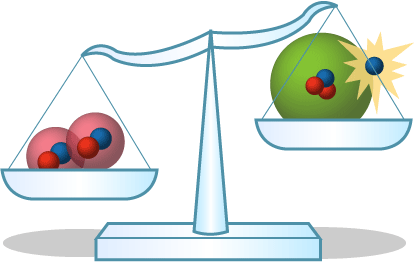
4.) Examination of products and reactants to verify that a nuclear transmutation took place. So what you’d have to do is take a look at the reactants — which should involve nickel — and the products, which should involve nickel of different isotopic abundance from the expected naturally occurring abundances and also copper of different isotopic abundances from naturally occurring copper. Here’s naturally occurring nickel’s abundance:
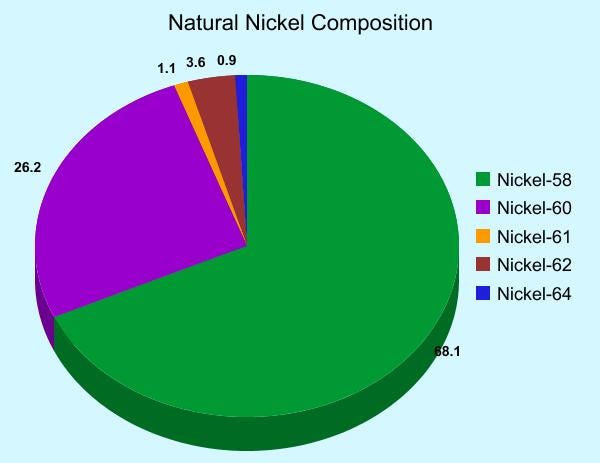
and naturally occurring copper is 70% Cu-63 and 30% Cu-65. There should be no naturally occurring copper in the reactants and there should be copper in the products. Well, in a huge improvement over the previous iteration of the e-Cat test, they actually provided the data. On page 29, here’s what they say:
The unused fuel shows the natural isotope composition from both SIMS and ICP-MS, i.e. 58Ni (68.1%), 60Ni (26.2%), 61Ni (1.1%), 62Ni (3.6%), and 64Ni (0.9%), whereas the ash composition from SIMS is: 58Ni (0.8.%), 60Ni (0.5%), 61Ni (0%), 62Ni (98.7%), 64Ni (0%), and from ICP-MS: 58Ni (0.8%), 60Ni (0.3%), 61Ni (0%), 62Ni (99.3%), 64Ni (0%).
So they’re claiming that the Nickel-58, 60, 61 and 62 are all being burned away somehow, and yet they’re providing no data on copper. This is, to say the least, unexpected, but also suspicious. Either an entirely new and unexpected reaction is happening — one that produces no alpha, beta or gamma radiation — or someone is tampering with the reactants to produce something that makes it look like fusion occurred. (The latter is something that happened in the past with the e-Cat, by the way.) And so we come to the final point.
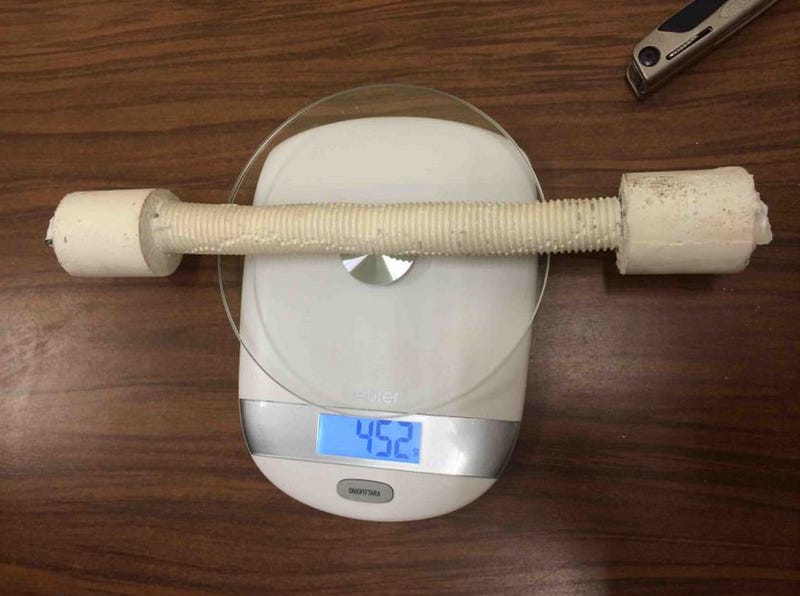
5.) Is this a true independent test, from legitimate scientists with no outside interference from Rossi? This one’s easy to answer: no, it isn’t. From page 7 of the paper:
The dummy reactor was switched on at 12:20 PM of 24 February 2014 by Andrea Rossi who gradually brought it to the power level requested by us. Rossi later intervened to switch off the dummy, and in the following subsequent operations on the E-Cat: charge insertion, reactor startup, reactor shutdown and powder charge extraction.
So Rossi himself participated in the test, including switching on-and-off the dummy reactor, as well as:
- intervening in the insertion of the charge (reactants) into the e-Cat reactor,
- intervening in the startup of the reactor,
- intervening in the shutdown of the reactor, and
- intervening in the extraction of the powder charge (products) from the e-Cat reactor.
So Rossi himself, the person whose device must be tested independently to ensure that he is not tampering with the results, tampered with the only portion of the test that showed a compelling, positive result!
In the meantime, the other members of the independent team are:
- Giuseppe Levi, longtime collaborator of Rossi,
- Evelyn Foschi, X-ray specialist of medical devices in Bologna, Italy,
- Hanno Essen, a retired professor of physics from Sweden whose research is mostly in theoretical chemistry (all three of these people participated in previous independent tests of the e-Cat), and
- Bo Höistad, Roland Pettersson and Lars Tegnér, from Uppsala University in Sweden. Höistad participated in the hugely flawed previous e-Cat test, Pettersson has been working on Rossi devices since 2011, and Tegnér participated in the previous test as well.
In other words, this is not an independent team; there is not any person on this team who could be considered independent at all! This is a team of people who have been testing Rossi devices in a flawed and unconvincing way previously, and continue to do so today.

Some of you will read this and find fault with something I’ve said, I’m sure. But the onus is not on me to prove fraud; the onus is on the device and those performing the test to rule out that fraud is happening. And that is clearly not the case. When the day comes when clean, abundant energy is available, I will happily welcome it. But going all the way back to Maurer’s quote at the very beginning of the piece, I don’t want any of you to be the “mark”, fleeced out of your money by a charlatan, and so in the absence of anyone else exposing Rossi, I will stand up as “the one to knock ‘em”, meaning I will hold up the torch of what scrupulous science would look like, and challenge the participants to live up to it.
Until then, this isn’t meritorious enough to be interesting.
Leave your comments at the Starts With A Bang forum on Scienceblogs!


